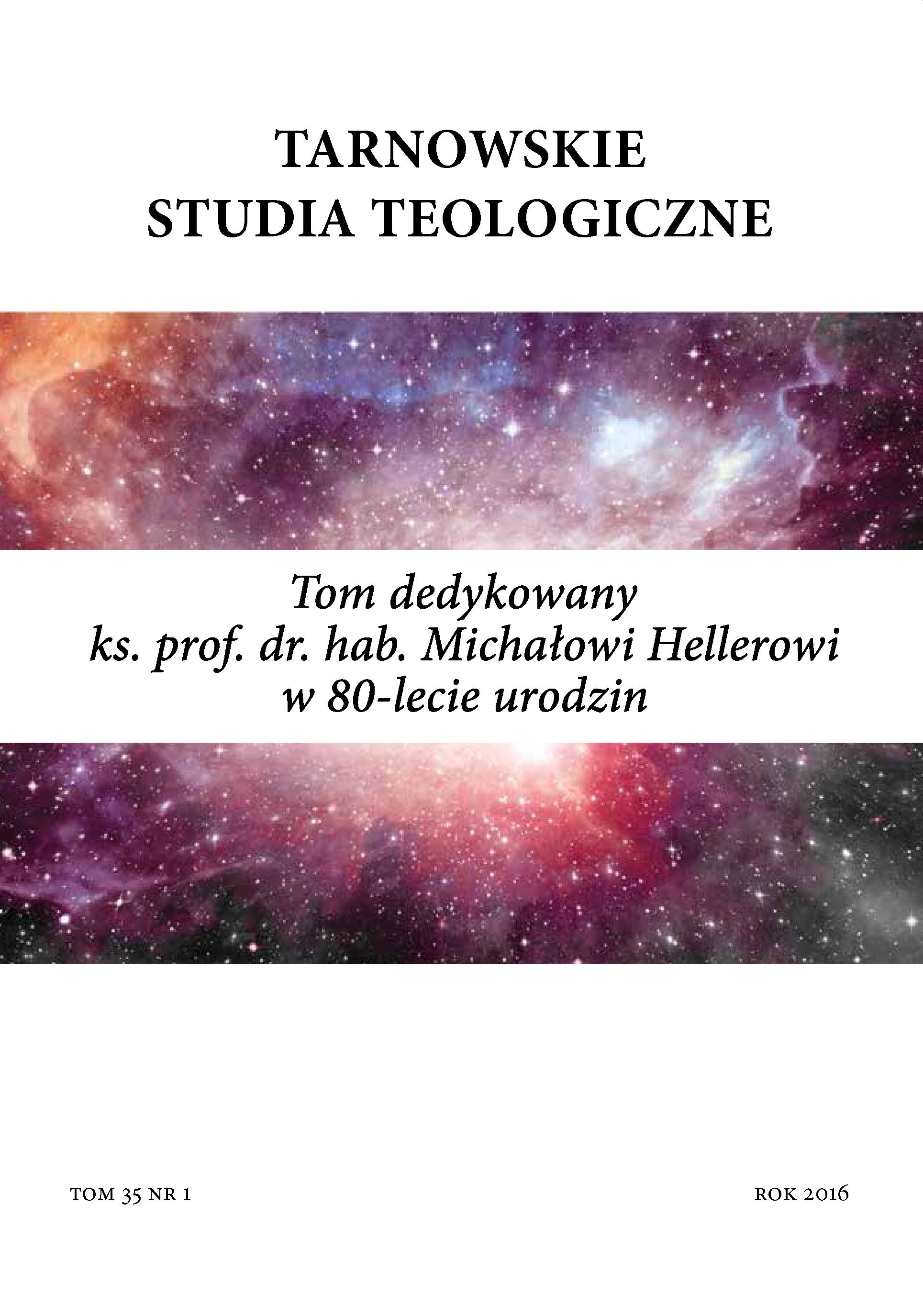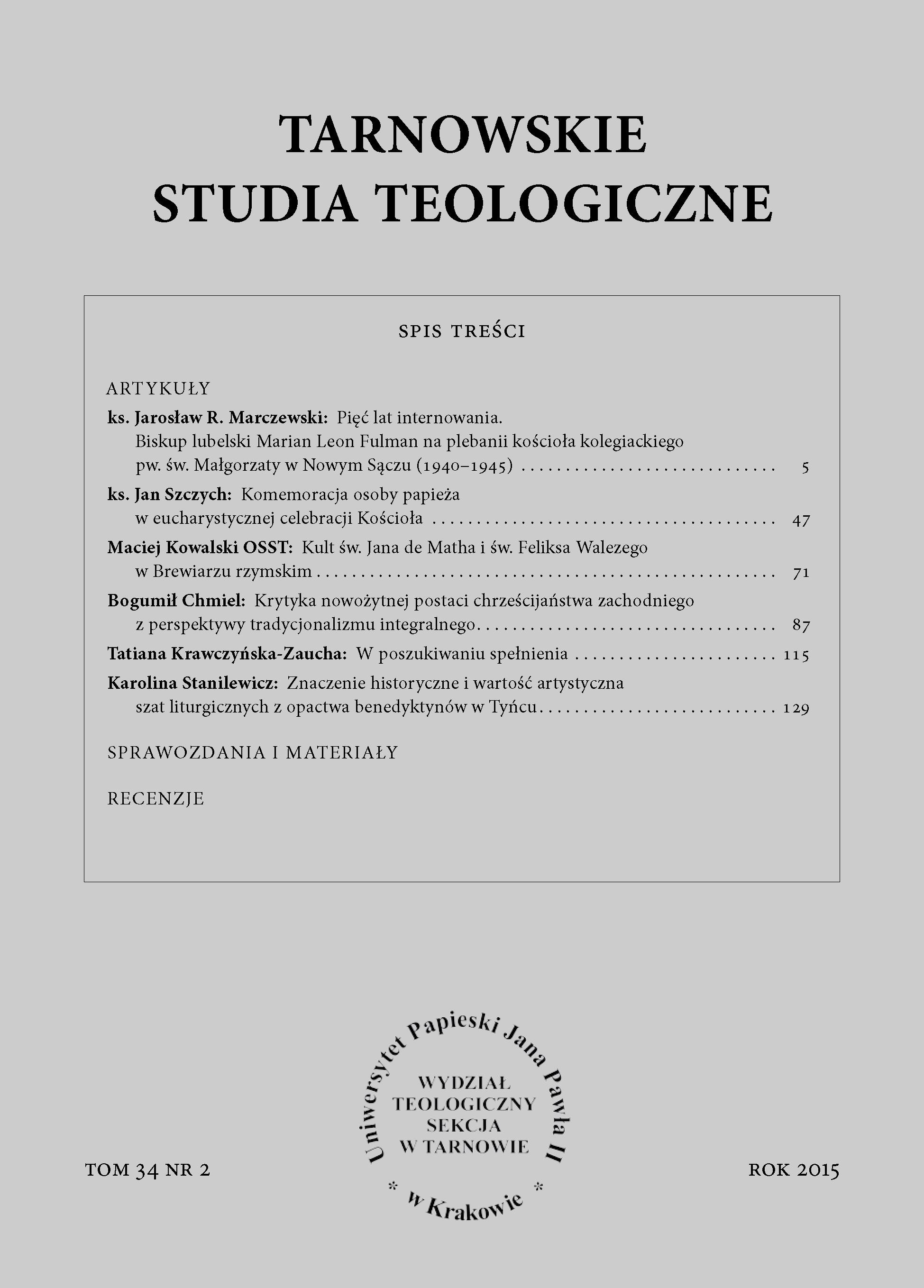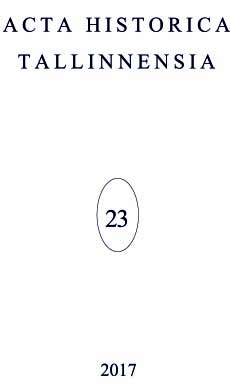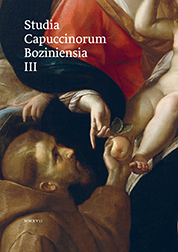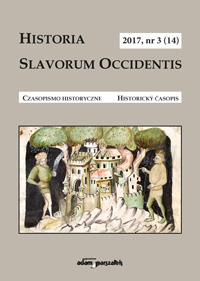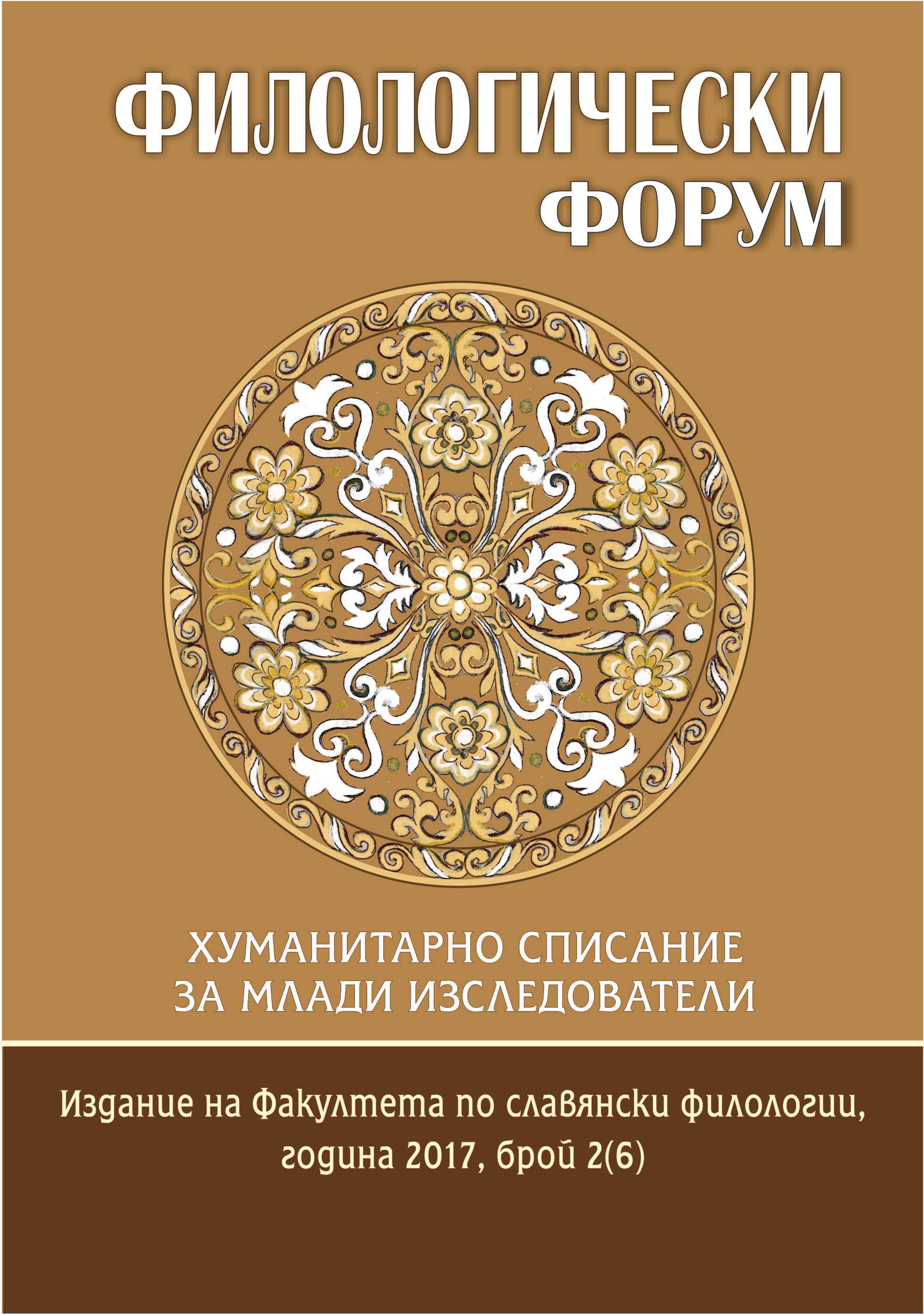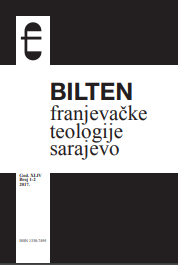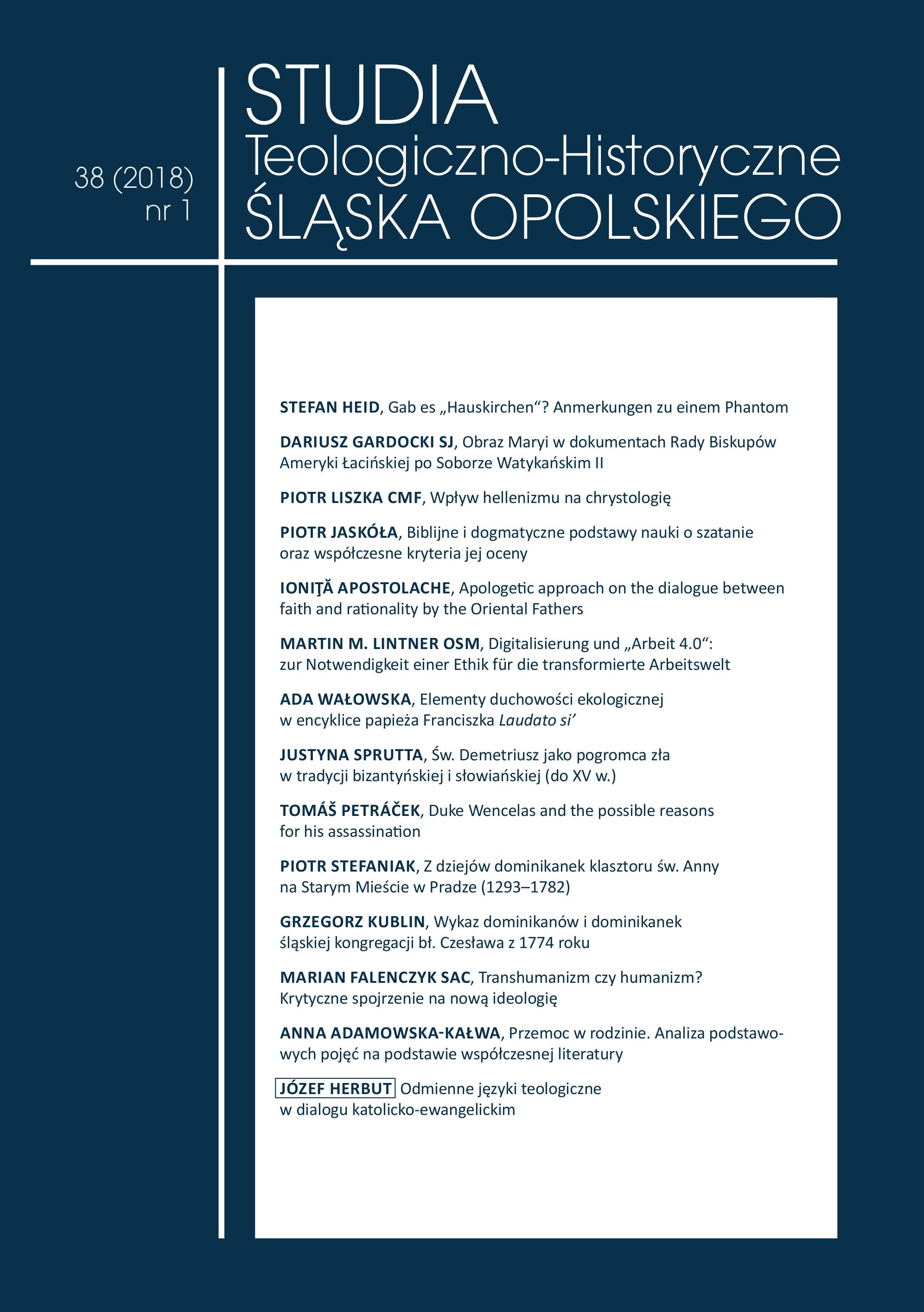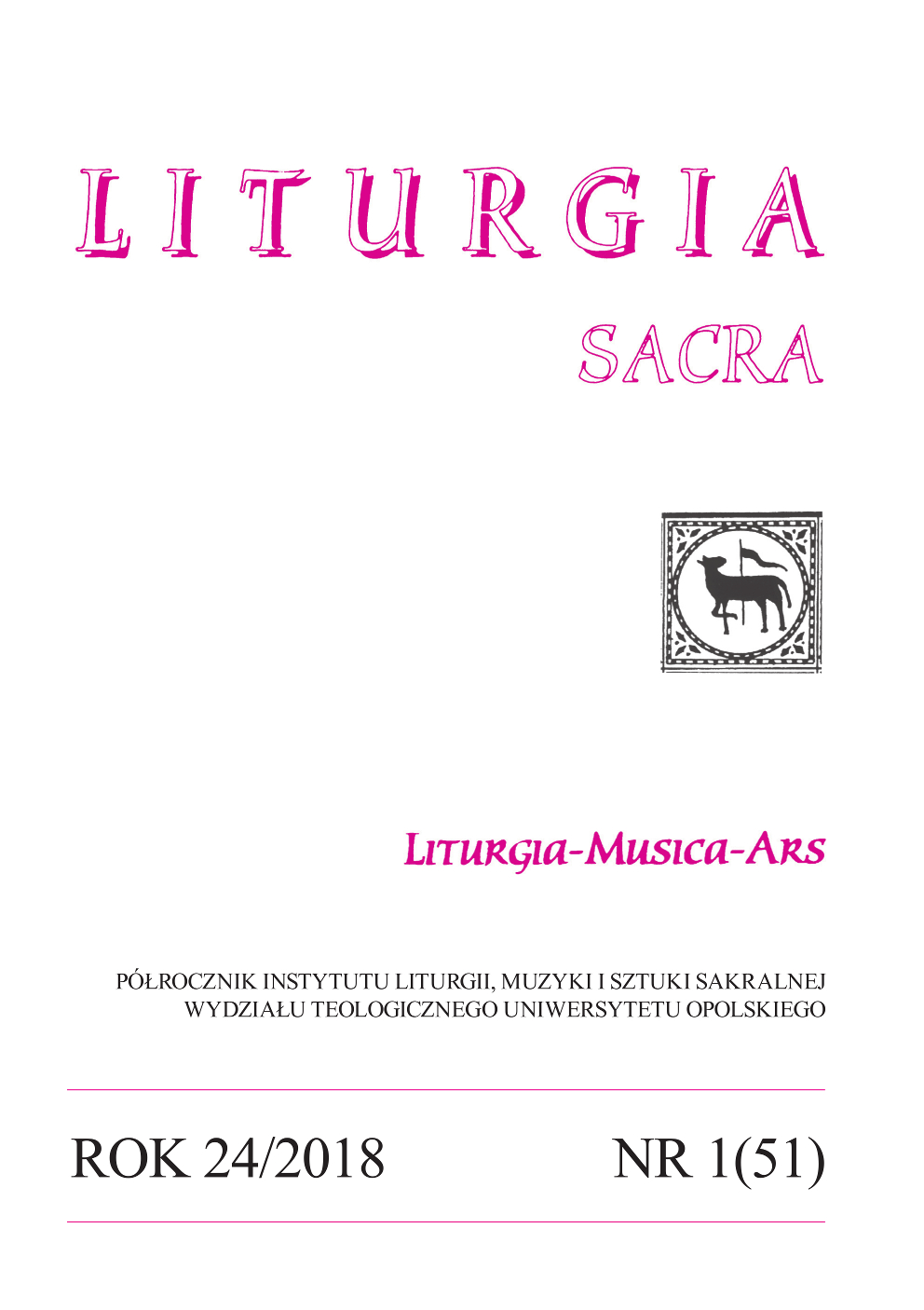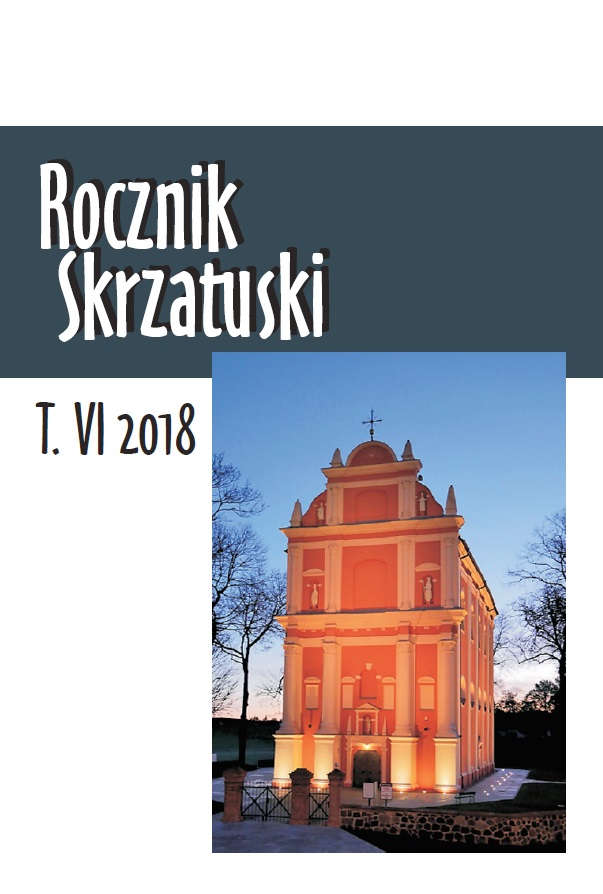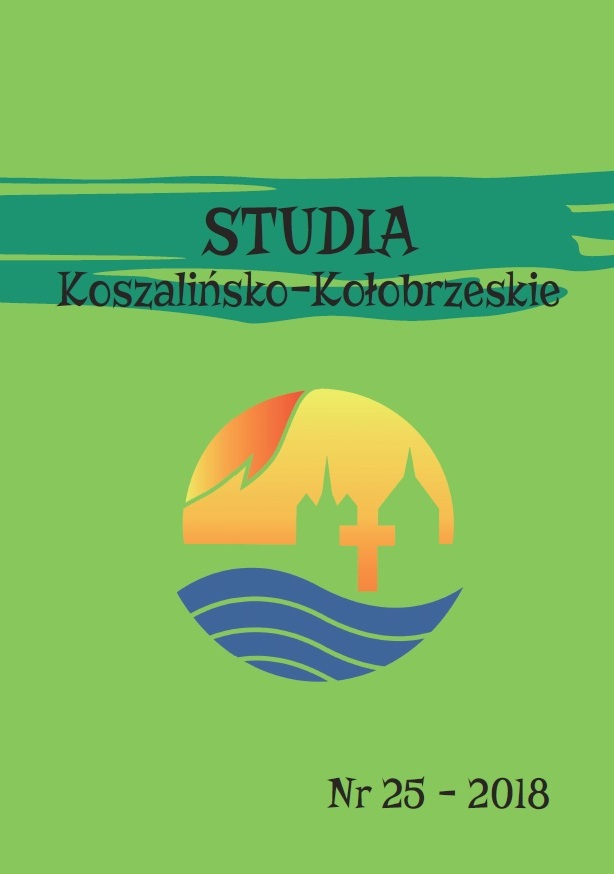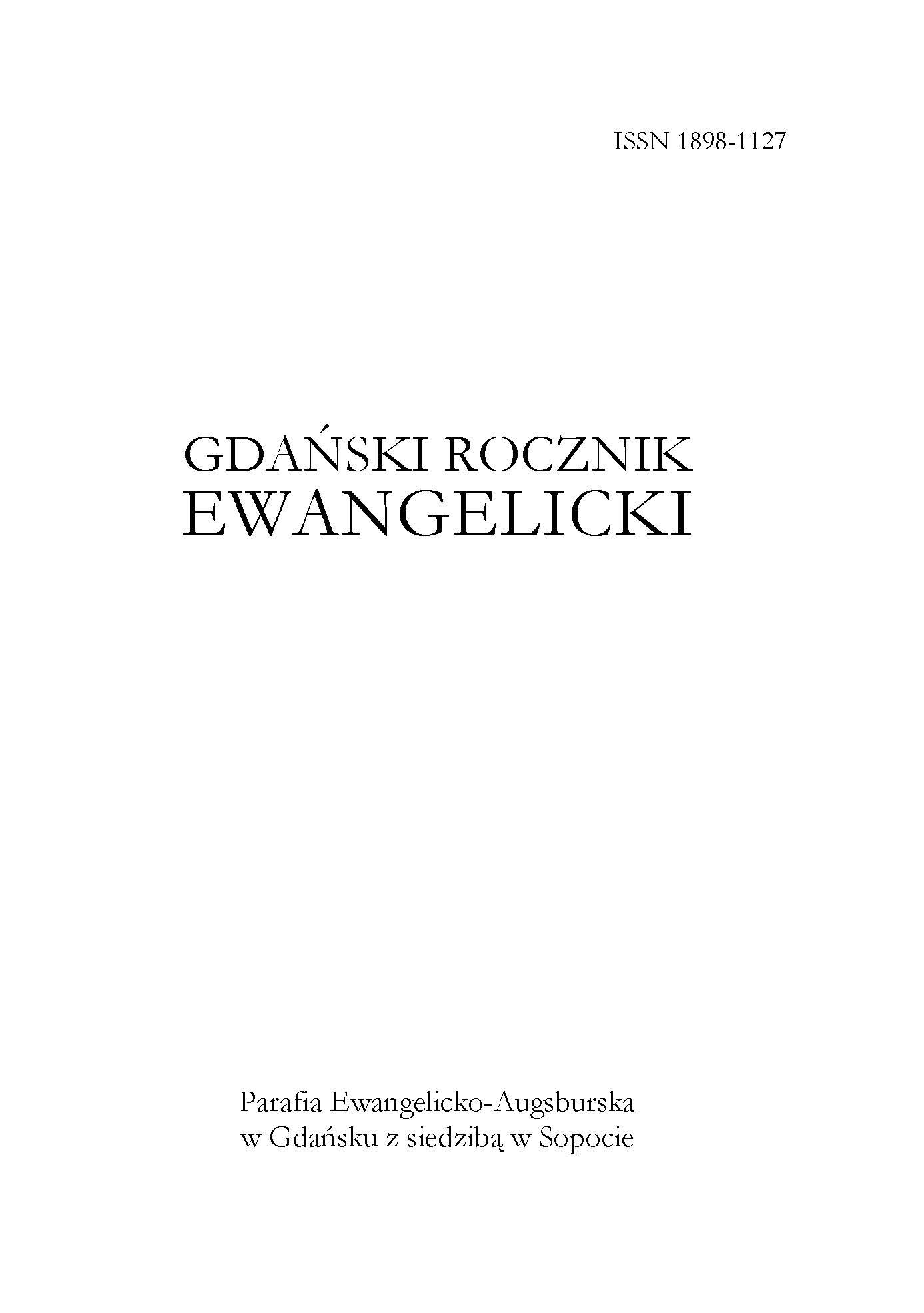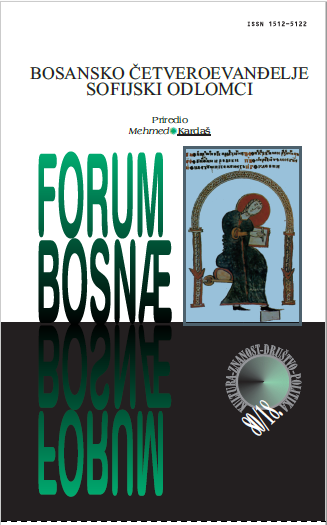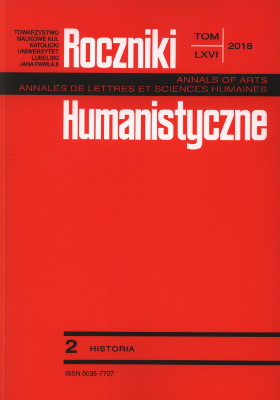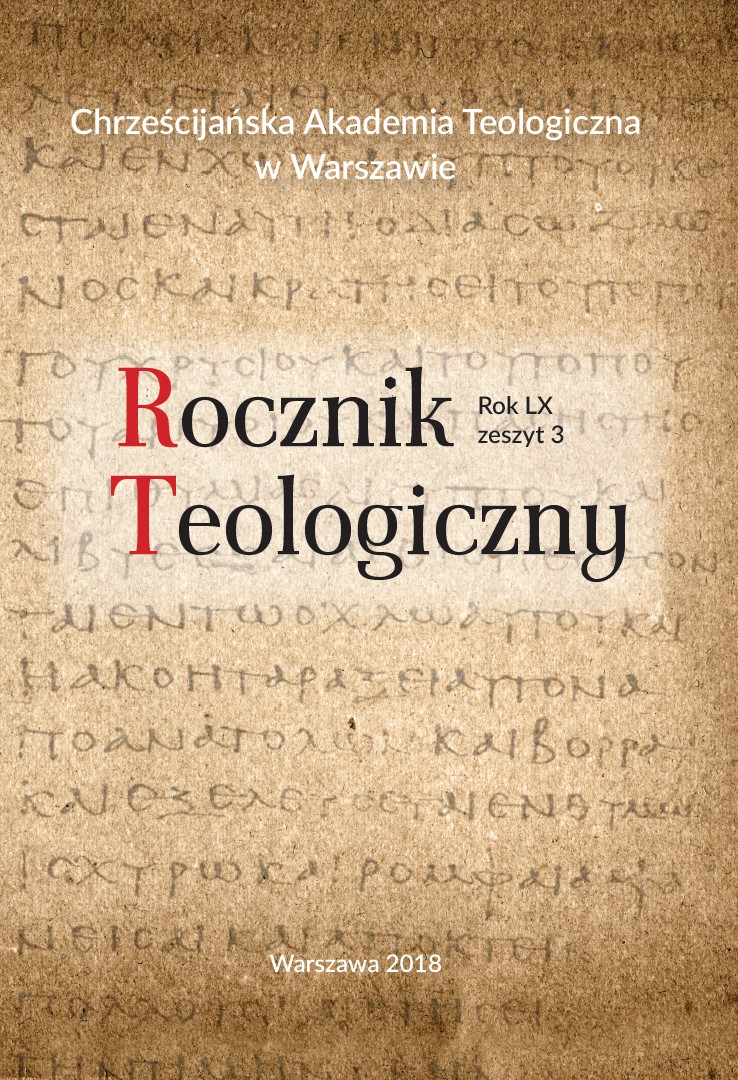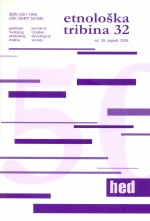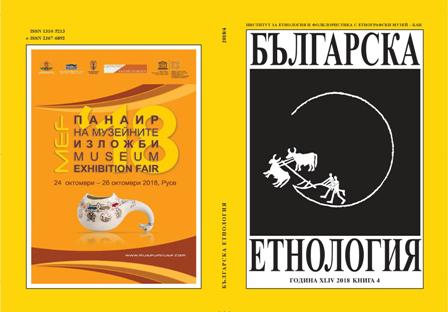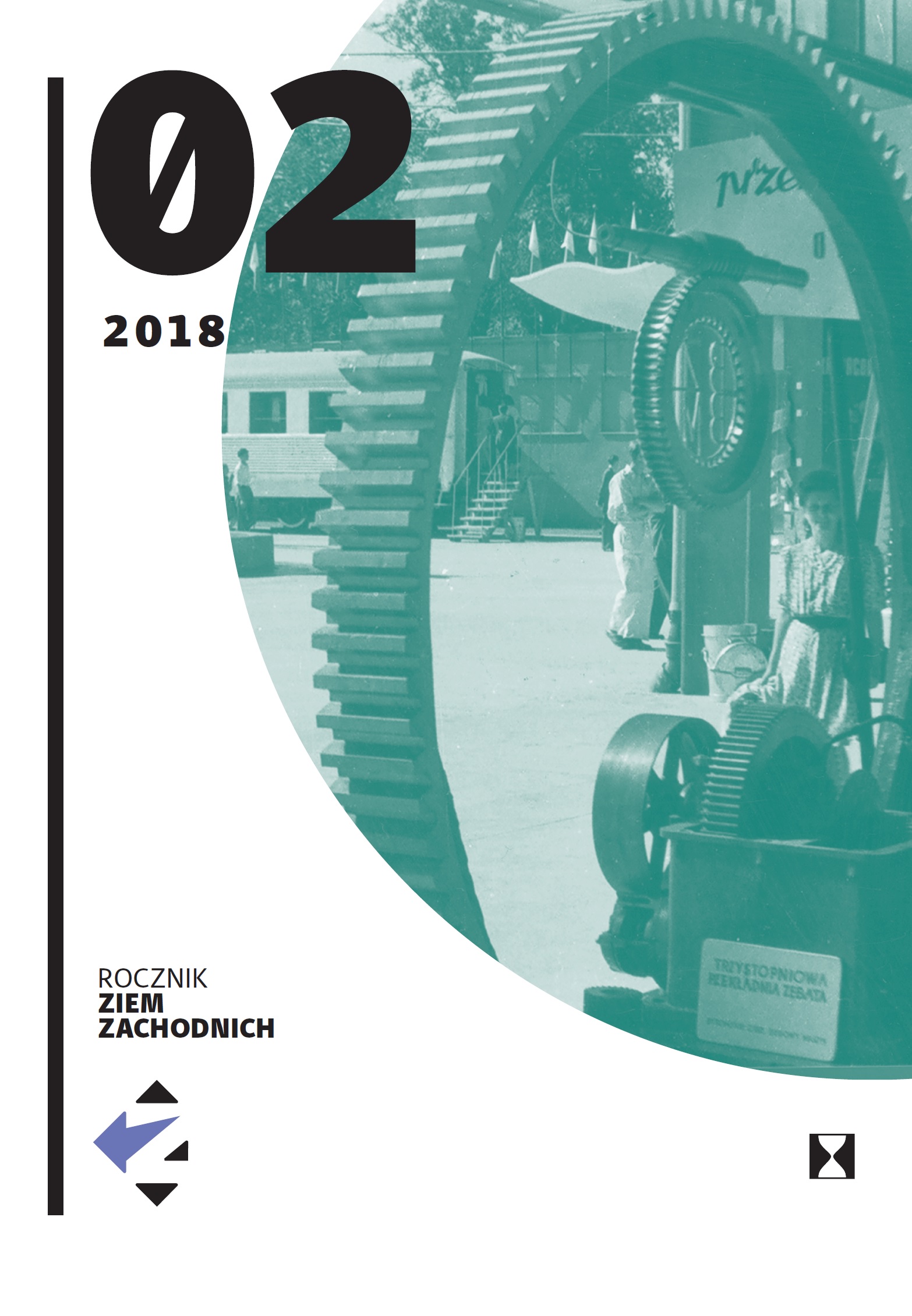Author(s): Stanisław Sojka / Language(s): Polish
Issue: 1/2016
Kultura antyczna, której świadectwem są arcydzieła rąk i umysłów starożytnych Greków i Rzymian, fascynuje ludzkość z uwagi na jej otwartość, a także na trwałe i niezmienne treści istniejące w człowieku jako twórcy tej kultury. Humanitas starożytnych Greków i Rzymian przejawia się w poetyckich eposach, religijnych misteriach, filozoficznych traktatach oraz w malarstwie i architekturze. Wartości, takie jak prawda, dobro, piękno i miłość oraz otwartość na nie, nadają sens ludzkiej egzystencji i historii, która ostateczne swoje dopełnienie odnajduje w Chrystusie, w którym „apparuit benignitas et humanitas Salvatoris nostri Dei” (Tt 3, 4).
The culture of ancient Greeks and Romans, expressed in the masterpieces of their hands and minds, fascinates mankind because of its openness as well as permanent and unchangeable values existing in a man as a creator of this culture. Humanitas of the ancient Greeks and Romans is manifested in poetic epics, religious mysteries, philosophical treatises and in painting and architecture. Values such as truth, goodness, beauty and love and openness to them, give a meaning to human existence and history, which finds its final fulfilment in Christ, in which “apparuit benignitas et humanitas Salvatoris nostri Dei” (Titus 3, 4).
More...


